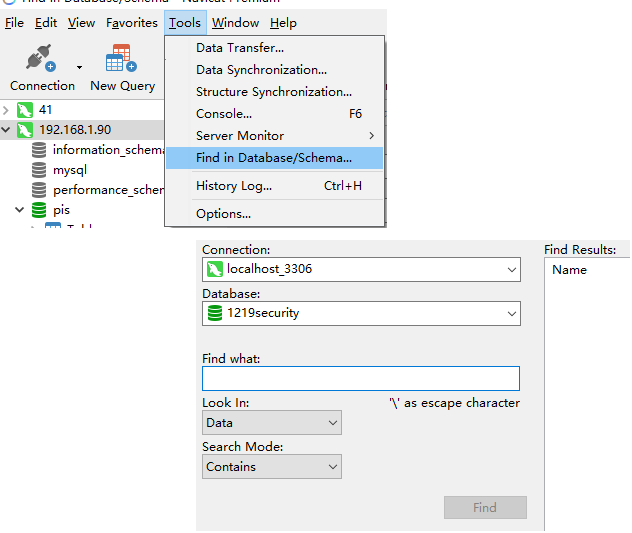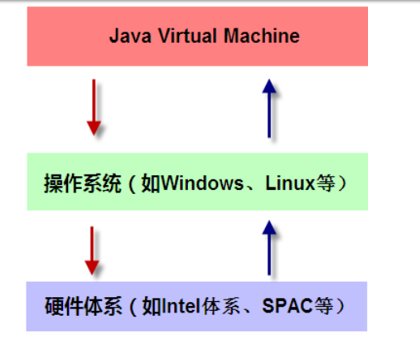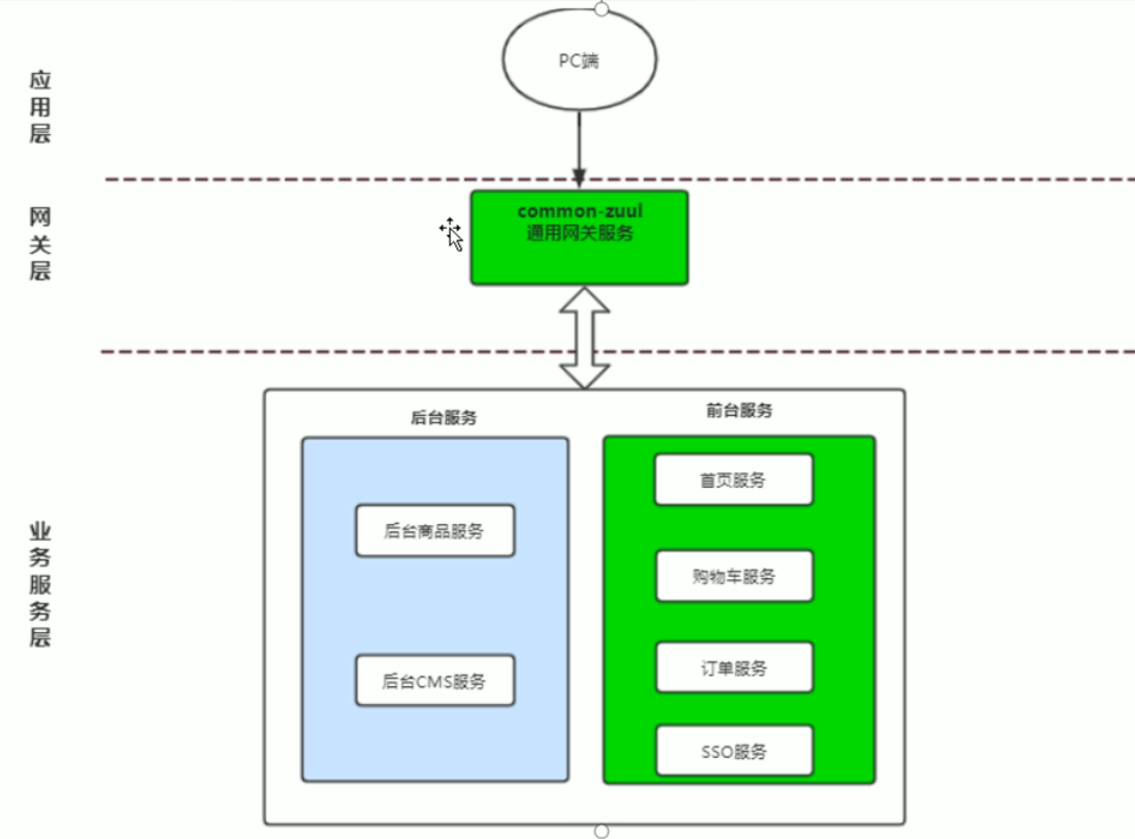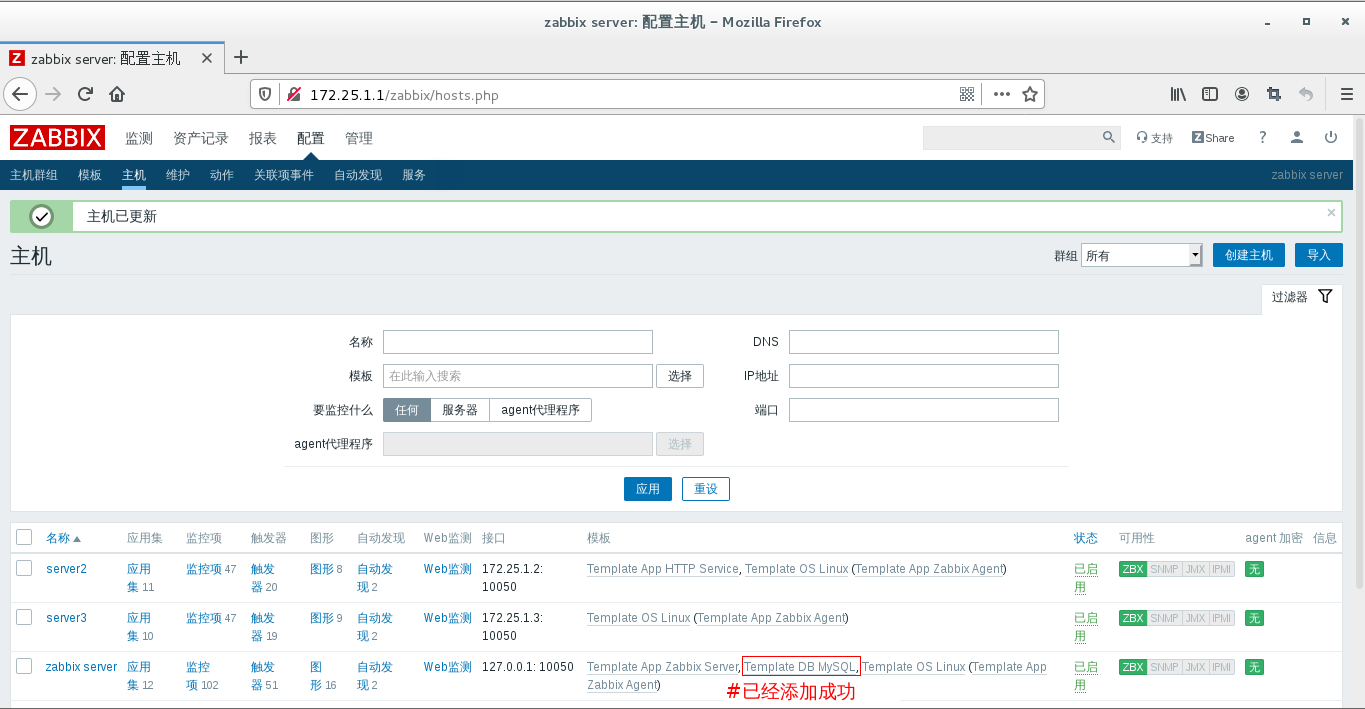Netty源码阅读之编码器简析
上回主要聊了一下Netty中的解码器,那么既然有解码,也必须得聊下编码过程了,下面将对Netty中的编码器作一下总结:
1.编码器简介
作为解码的逆过程,编码的目的主要是将消息转换为字节或者消息,Netty中主要使用了MessageToByteEncoder这个抽象类来规定处理编码的一些流程,不妨先来看下该类的UML:

可以看出编码器其实也只是一类特殊的ChannelHandler,使用encode()方法来处理编码相关的逻辑,不妨先自定义一个编码器然后写一段demo:
1.1 自定义编码器实现:
public class MyEncoder extends MessageToByteEncoder<Packet> {@Overrideprotected void encode(ChannelHandlerContext ctx, Packet msg, ByteBuf out) throws Exception {out.writeInt(msg.getLength());out.writeBytes(new StringBuilder(msg.getIpAddress()).append(msg.getRoteName()).toString().getBytes());}}
1.2 自定义Handler:
public class PacketHandler extends ChannelInboundHandlerAdapter {@Overridepublic void channelRead(ChannelHandlerContext ctx, Object msg) throws Exception {Packet packet = new Packet("route01","172.159.1.12");ctx.writeAndFlush(packet);}}public final class Server {public static void main(String[] args) throws Exception {EventLoopGroup bossGroup = new NioEventLoopGroup();EventLoopGroup workerGroup = new NioEventLoopGroup();try {ServerBootstrap b = new ServerBootstrap();b.group(bossGroup, workerGroup).channel(NioServerSocketChannel.class).childHandler(new ChannelInitializer<SocketChannel>() {@Overridepublic void initChannel(SocketChannel ch) {ch.pipeline().addLast(new PacketEncoder());ch.pipeline().addLast(new PacketHandler());}});ChannelFuture f = b.bind(8099).sync();f.channel().closeFuture().sync();} finally {bossGroup.shutdownGracefully();workerGroup.shutdownGracefully();}}}
1.3 对应的流程图:

2.writeAndFlush()流程解析
在自定义Handler传输数据的时候,我们通常会调用ctx.writeAndFlush(msg)方法从tail节点开始一直往前传递到对应的解码器中(见上图),查看其源代码:public ChannelFuture writeAndFlush(Object msg, ChannelPromise promise) {if (msg == null) {throw new NullPointerException("msg");}if (!validatePromise(promise, true)) {ReferenceCountUtil.release(msg);// cancelledreturn promise;}write(msg, true, promise);return promise;}
主要关注一下write()方法:
private void write(Object msg, boolean flush, ChannelPromise promise) {AbstractChannelHandlerContext next = findContextOutbound();final Object m = pipeline.touch(msg, next);EventExecutor executor = next.executor();if (executor.inEventLoop()) {if (flush) {next.invokeWriteAndFlush(m, promise);} else {next.invokeWrite(m, promise);}} else {AbstractWriteTask task;if (flush) {task = WriteAndFlushTask.newInstance(next, m, promise);} else {task = WriteTask.newInstance(next, m, promise);}safeExecute(executor, task, promise, m);}}
若flush为true,那么调用next.invokeWriteAndFlush(m, promise)方法,反之则调用next.invokeWrite(m, promise)方法,这两个方法又有什么区别呢?我们继续往下查看:
private void invokeWriteAndFlush(Object msg, ChannelPromise promise) {if (invokeHandler()) {invokeWrite0(msg, promise);invokeFlush0();} else {writeAndFlush(msg, promise);}}
这边同时进行了write以及flash的操作,在看下invokeWrite()方法:
private void invokeWrite(Object msg, ChannelPromise promise) {if (invokeHandler()) {invokeWrite0(msg, promise);} else {write(msg, promise);}}
这里主要缺少了flush的操作。
3.write()方法简要分析
在MessageToByteEncoder`这个类中,主要是需要关注一下write()方法,在编码器中主要是通过这个类将数据存放到对应的ByteBuf中
public void write(ChannelHandlerContext ctx, Object msg, ChannelPromise promise) throws Exception {ByteBuf buf = null;try {if (acceptOutboundMessage(msg)) {@SuppressWarnings("unchecked")I cast = (I) msg;buf = allocateBuffer(ctx, cast, preferDirect);try {encode(ctx, cast, buf);} finally {ReferenceCountUtil.release(cast);}if (buf.isReadable()) {ctx.write(buf, promise);} else {buf.release();ctx.write(Unpooled.EMPTY_BUFFER, promise);}buf = null;} else {ctx.write(msg, promise);}} catch (EncoderException e) {throw e;} catch (Throwable e) {throw new EncoderException(e);} finally {if (buf != null) {buf.release();}}}
上边的代码主要是以下的几个流程,首先调用acceptOutboundMessage()方法来匹配当前的对象,如果当前的节点能够处理,那么继续往下,反之则返回给其他的节点进行处理;若继续往下执行,则进行内存的分配,随后调用encode()方法进行编码,接下来调用ReferenceCountUtil工具进行对象的释放,再继续往下传播数据,最后进行内存的释放。
4. buffer队列机制简介
经过前面的流程分析,可知如果当前节点无法处理会一直往前传递write事件,但如果一直传递到头结点都处理不了将怎么办呢?
Netty使用了一个buffer队列的机制解决了这个问题:
来看下AbstractChannel中的write()方法:
public final void write(Object msg, ChannelPromise promise) {assertEventLoop();ChannelOutboundBuffer outboundBuffer = this.outboundBuffer;if (outboundBuffer == null) {// If the outboundBuffer is null we know the channel was closed and so// need to fail the future right away. If it is not null the handling of the rest// will be done in flush0()// See https://github.com/netty/netty/issues/2362safeSetFailure(promise, WRITE_CLOSED_CHANNEL_EXCEPTION);// release message now to prevent resource-leakReferenceCountUtil.release(msg);return;}int size;try {msg = filterOutboundMessage(msg);size = pipeline.estimatorHandle().size(msg);if (size < 0) {size = 0;}} catch (Throwable t) {safeSetFailure(promise, t);ReferenceCountUtil.release(msg);return;}outboundBuffer.addMessage(msg, size, promise);}
找到io.netty.channel.nio.AbstractNioByteChannel#filterOutboundMessage这个方法:
protected final Object filterOutboundMessage(Object msg) {if (msg instanceof ByteBuf) {ByteBuf buf = (ByteBuf) msg;if (buf.isDirect()) {return msg;}return newDirectBuffer(buf);}if (msg instanceof FileRegion) {return msg;}throw new UnsupportedOperationException("unsupported message type: " + StringUtil.simpleClassName(msg) + EXPECTED_TYPES);}
通过这个方法将ByteBuf对象(即 msg参数)转换为转为堆外内存,随后通过调用outboundBuffer.addMessage()方法将对外内存插入到写缓冲队列中:
public void addMessage(Object msg, int size, ChannelPromise promise) {Entry entry = Entry.newInstance(msg, size, total(msg), promise);if (tailEntry == null) {flushedEntry = null;tailEntry = entry;} else {Entry tail = tailEntry;tail.next = entry;tailEntry = entry;}if (unflushedEntry == null) {unflushedEntry = entry;}// increment pending bytes after adding message to the unflushed arrays.// See https://github.com/netty/netty/issues/1619incrementPendingOutboundBytes(size, false);}
这里维护了一个单项链表的结构,会不断的新传递过来的ByteBuf插入到链表尾部。
随后将调用incrementPendingOutboundBytes()这个函数设置写状态,其中channel.config().getWriteBufferHighWaterMark()默认被定义为64字节。
private void incrementPendingOutboundBytes(long size, boolean invokeLater) {if (size == 0) {return;}long newWriteBufferSize = TOTAL_PENDING_SIZE_UPDATER.addAndGet(this, size);if (newWriteBufferSize > channel.config().getWriteBufferHighWaterMark()) {setUnwritable(invokeLater);}}
上边只是将数据更新到了缓冲队列中,但是暂时还没有通过socket传递出去,这部分的流程主要是在缓冲队列的刷新流程中体现io.netty.channel.ChannelOutboundBuffer#addFlush:
private Entry flushedEntry;//标记已经flush的指针private Entry unflushedEntry;//标记未flush的指针private Entry tailEntry;//标记尾结点的指针public void addFlush() {// There is no need to process all entries if there was already a flush before and no new messages// where added in the meantime.//// See https://github.com/netty/netty/issues/2577Entry entry = unflushedEntry;if (entry != null) {if (flushedEntry == null) {// there is no flushedEntry yet, so start with the entryflushedEntry = entry;}do {flushed ++;if (!entry.promise.setUncancellable()) {// Was cancelled so make sure we free up memory and notify about the freed bytesint pending = entry.cancel();decrementPendingOutboundBytes(pending, false, true);}entry = entry.next;} while (entry != null);// All flushed so reset unflushedEntryunflushedEntry = null;}}
首先是刷新标志并设置为写状态,之后通过调用io.netty.channel.nio.AbstractNioByteChannel#doWrite()方法遍历缓冲队列,过滤ByteBuf,最后调用jdk自旋锁自旋写数据到socket中,这边的自旋次数设置为16次:
private volatile int writeSpinCount = 16;
5. 总结
至此,关于Netty的编码流程分析完毕,周日快乐~



































还没有评论,来说两句吧...